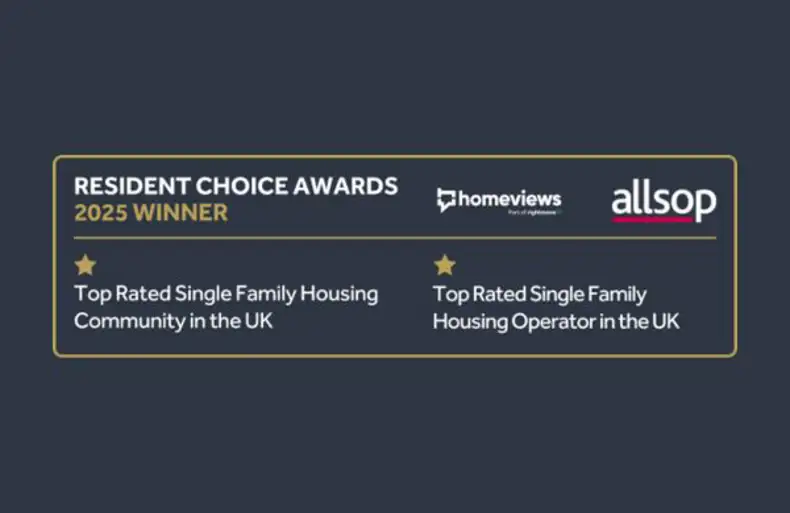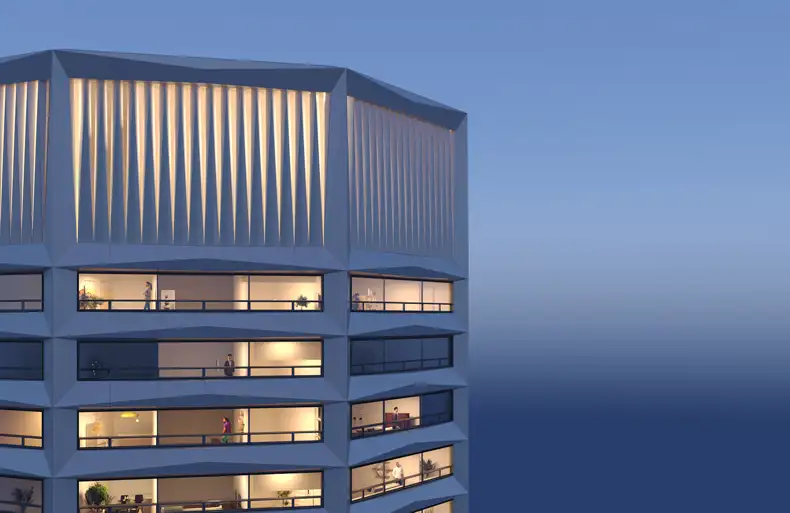Blog | Build to Rent
Leeds is doubling in size and there is no limit on the horizon for city centre BTR

Leeds pulled the handbrake hard on residential development following the mothballing of many apartment schemes in the city centre in the late 2000s, a result of inflated prices, rising interest rates and a lack of capital growth.
Over 7,100 units were delivered between 1998 and 2007, and 3,800 units were under construction in 2007, but between 2010 and 2019 only 1,639 residential units were completed, and fewer than 800 of those were new build. Across the Pennines, 10,729 units were built in Manchester within those nine years. Leeds didn’t completely axe development, and since 2014 over 3.3 million sq ft of office accommodation has been built addressing the huge undersupply of Grade A office space. MEPC’s Wellington Place has created a new central business district, and along with investment into the city’s infrastructure, has helped attract blue chip employers including the BBC, Channel 4, UK Infrastructure Bank and HMRC. The city remains the UK’s fastest growing major legal centre, and its working professional population has been swelling.
Delivery of private built student accommodation (PBSA) in and around the Arena Quarter, which now offers more than 5,500 student beds, has brought more students into the city centre, who then want to continue enjoying city centre living post-graduation. Trinity Leeds and Victoria Gate, two inner city shopping centres, now boast enhanced retail and leisure amenities, enticing new and existing residents. As a result, Leeds has turned into a modern and rapidly developing city, with a broadening core, albeit with a distinct shortage of good quality, new build residential property to satisfy strong rising demand. Fortunately, Build to Rent (BTR) is starting to address the supply / demand imbalance. The sheer weight of resident demand for BTR schemes in Leeds is shown by their performance to date. Today, there are three fully operational schemes totalling 1,233 apartments: Leodis Square, Mustard Wharf and The Headline, and all are over 94% let. Grainger’s The Headline opened in August 2021 and set a new leasing record achieving 95% occupancy in just two months.
Alongside strong occupancy, BTR has brought a new rental tone to Leeds. The older private rented sector (PRS) apartments delivered between the late 1990s and mid-2000s, command rents in the region of £15 to £18 per sq. ft. Rents within the BTR market, on the other hand, are now firmly between £22 to £27 per sq. ft – well within the realms of affordability when considering average earnings. Moda Living’s New York Square plans to welcome its first residents in May and is aiming for the upper end of the market, with rents in excess of £30 per sq. ft. The area currently classed as Leeds’ city centre core extends to approximately 228 acres, however, this is set to double in size over the next 10 years, with some 230 acres either already in development or set to be delivered.

Within this planned expansion, 24 BTR schemes are currently proposed demonstrating the desirability of city living in Leeds and the appeal of BTR. Leeds South Bank forms the largest area of regeneration, taking in three main developments: CEG’s Temple, Vastint’s Aire Park and Citu’s Climate Innovation District – all of which are now under construction. Leeds South Bank regeneration project aims to deliver 8,000 new homes, 30,000 new jobs and over 1.2 million sq. ft of office space, putting the River Aire at the heart of the city. In other areas of the city, the regeneration of Mabgate, anchored by Leeds City College’s new Mabgate Campus and the continued development at SOYO will enhance the city to the north and east.
Another major factor which will further improve the attractiveness of Leeds is the planned £200m development and initial delivery of the mass transit system over the next five years, which will significantly improve connectivity and transport links within the city and the wider region. Whilst the pipeline of BTR development may appear high, we must remember the distinct undersupply of residential accommodation and the lengthy planning and development process before these units reach their target audience.
It is useful to consider the likes of Manchester and Salford, more mature BTR markets, where media and investor concern about oversupply has never materialised. Performance of BTR schemes in Manchester and Salford, and all residential property, has been extremely robust. Every BTR scheme which launched in early 2021 or before is over 90% let. Furthermore, from a delivery of over 3,500 new homes within the first nine months of 2021, only 420 homes were available to let by October, showing excellent rates of absorption.
Related Insights

Winner of Property Manager of the Year at the RESI Awards 2025
Congratulations to every member of our team for their dedication in delivering outstanding service and creating communities t...

Allsop Letting & Management wins three Homeviews Resident Choice Awards 2025
The team is absolutely thrilled to have been named the Top Rated Single Family Housing Operator for the second consecutive ye...

Meet Reece who is helping to make a Build to Rent community feel like a home
Reece has been nominated for Resident Team Member of the Year at the Homeviews Resident Choice Awards 2025.

Allsop Letting and Management appointed to run Birmingham’s tallest building and first skyscraper
Allsop Letting and Management (ALM), one of the UK's leading providers of professionally managed properties and a subsidiary ...